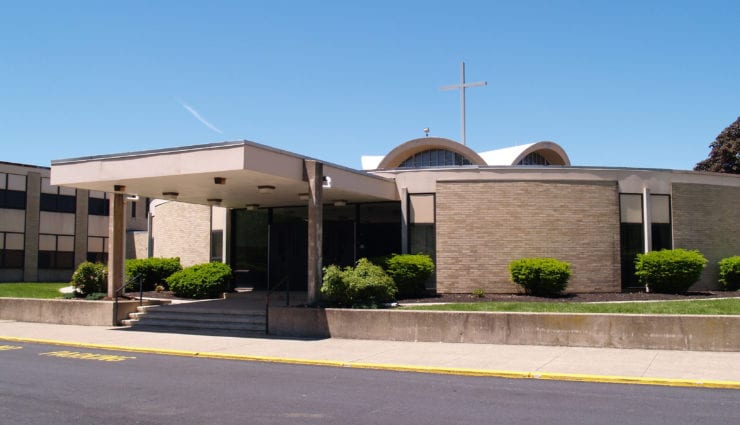12/07/2015 by Carney Sandoe Staff |
The Schoolroom
Catholic School President/Principal Model, Pt 3
In this miniseries, Bob Regan discusses the President/Principal Model: the leadership structure of choice for many Catholic schools. In his four-part series, Bob will offer his views on the benefits and challenges of implementing the model as well as his insights on how to make the model work for your school.

Part III: Get the Messaging Right
As demonstrated in the recent anecdotes mentioned in prior posts, it is a mistake to assume your stakeholders understand the President/Principal model. In fact, you would be well advised to assume the opposite. You will therefore need to take responsibility for ensuring that your community understands the model and its powerful impact on the school. Frankly, I am continually amazed by the absence of job descriptions in the leadership drop-downs on Catholic school web sites. There is seldom any mention of what the President does or the singular importance of that role. The same holds true for the Principal function. The assumption seems to be that everyone already knows. In the absence of any clear articulation of duties, however, constituents will write their own mental versions — and they will often be stubbornly wrong and act on any false assumptions they may have concocted.
I would suggest that schools operating in the President/Principal model be especially mindful of the need to include job descriptions and organization charts in most if not all school publications and certainly on their web sites. I would also recommend including a statement of philosophy around the President/Principal model itself and why Catholic schools in growing numbers are adopting the strategy. Finally, I would also ask the President and the Principal to adopt one of Stephen Covey’s preferred “habits” and draft separate mission statements describing the work they do and how the model creates a compelling partnership involving their two leadership functions. The two roles are purposefully aligned to complement each other and create potential synergies. These mission statements may evolve over time, but this reflective exercise will create an important conversation between the two partners and allow for discernment and discovery by each. They will also educate the board and prepare trustees to represent the model to constituents. If done well, mission statements can also animate job descriptions and bring the functions to life for the community.
One final note on messaging: It will be important for the President to demonstrate in his/her mission statement how the work s/he does impacts all aspects of school operations, including the classroom and athletic fields, mission effectiveness, and family engagement. S/he does not necessarily “do” some of this work, but s/he “inspires” the work, sets the tone and agenda, and enables resources to be appropriately allocated. The President is not irrelevant to the student experience; rather, s/he is essential to its vitality. The President’s role is not about power or dominance per se but a unique privilege afforded by the model. The President’s role has been purposefully carved out to enable extraordinary focus on the things that matter. This is the right message from a servant leader with Catholic values. S/he has been given the privilege of assuming this role, for which s/he is honored and grateful. What a blessing!
Continue reading: Part IV
Bob Regan is a former Senior Consultant with the CS&A Search Group’s Catholic Schools Practice.
Learn more about our Catholic Schools Practice and view current searches we're running on our website.
Leave a Comment
0 Comments
There are no comments on this blog entry.